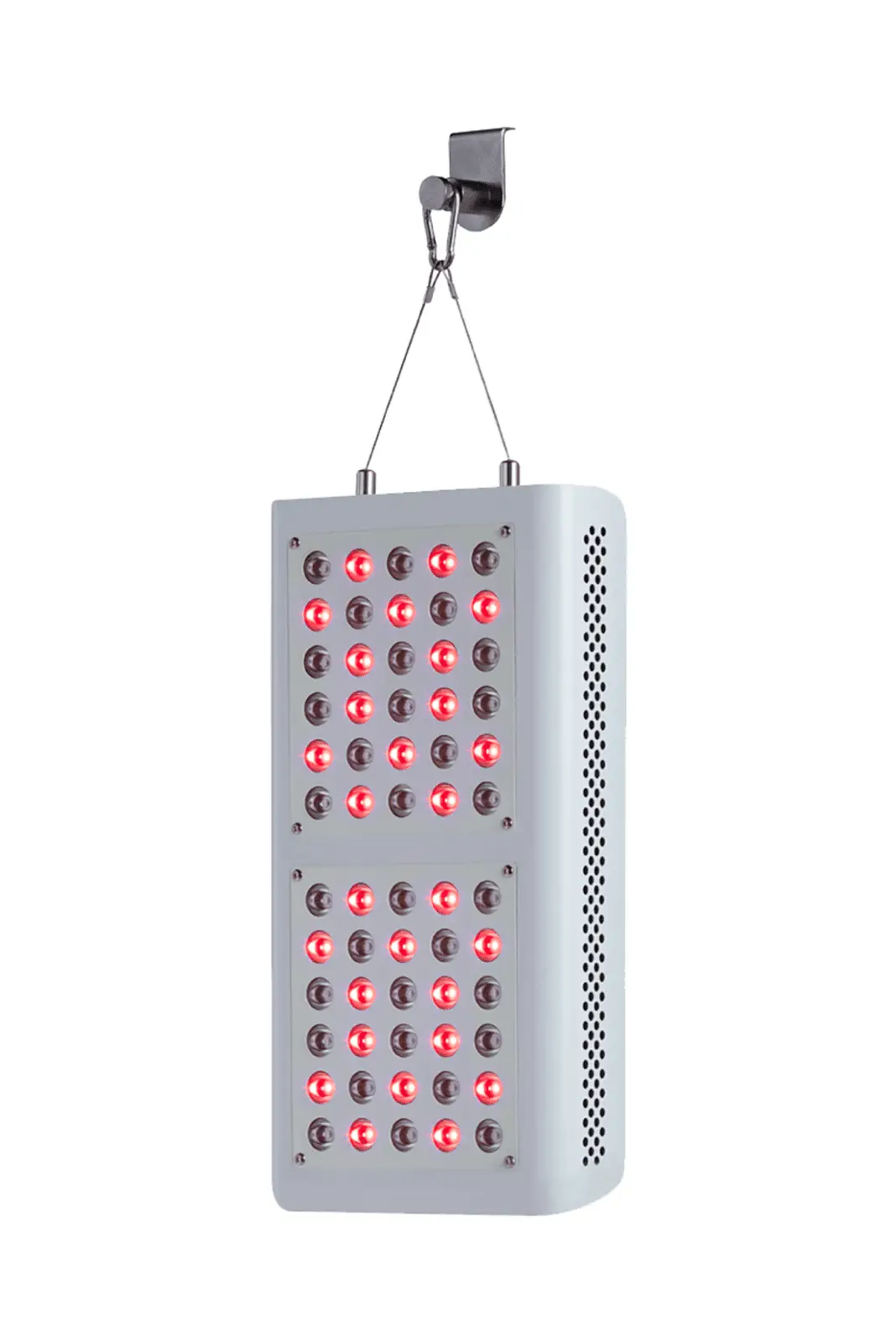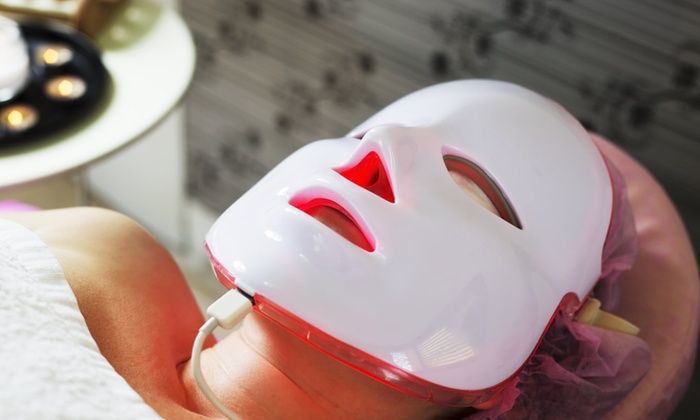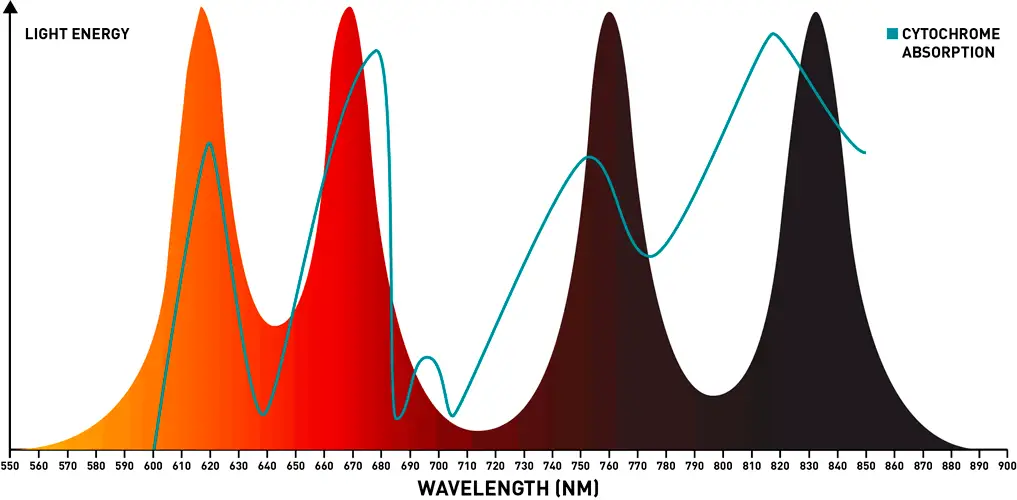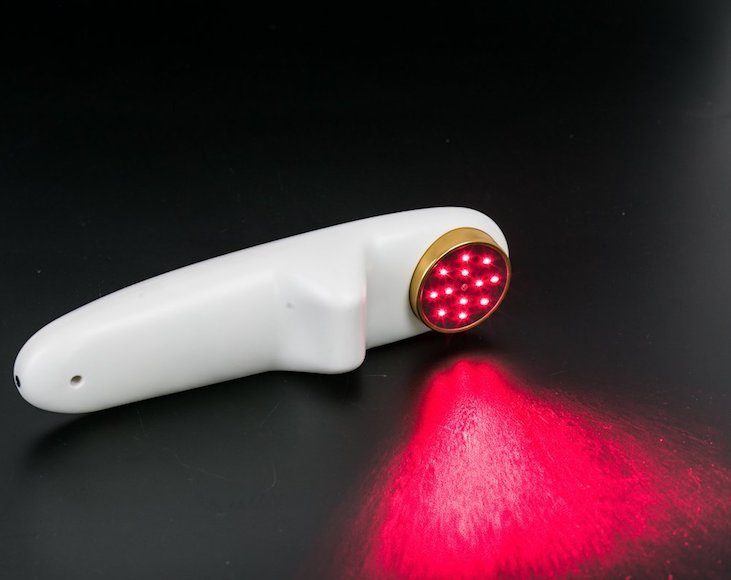Red light therapy, also known as photobiomodulation or low level laser therapy (LLLT) has quickly become a popular form of treatment for a number of conditions in the fields of neurology, physiotherapy and dermatology. More pointedly, the use of red light-emitting diodes (LED’s) penetrated through a person’s skin has shown significant potential in healing wounds, repairing tissue and reducing pain. It is also effective for improving joint and muscle health; reducing the side effects of cancer treatments and aiding the effects of aging and hair loss. LLLT can additionally be used to treat depression, improve your mood and help you feel less fatigued.
Types of red light therapy devices
So assuming you are well-informed about red light therapy and want to take advantage of the numerous benefits it offers, choosing a device will be the next logical step. The key to selecting the ‘right’ one will depend on a variety of factors- specifically, the condition you want to treat. Understandably, many patients will choose to visit their physician or dermatologist to ensure they are not only being treated professionally with a legitimate red light therapy device, but one that has also been approved by the FDA. However, because a majority of insurance companies still do not cover continuous long-term LLLT sessions- even for a medical condition, treatment at a medical practice can become quite costly. Many spas, fitness centers and tanning salons also offer red light therapy; but because continual sessions will be of the most benefit, treatments at these locations can add up as well.
The good news is…there are a variety of affordable red light therapy devices on the market today for home use. Many of these devices will give you the same benefits you would receive from visiting a physician’s office, spa, salon or gym.
The following is a list of red light therapy devices:
– Hand held
– Box-light
– Beds
– Table top lamps
– Free-standing lamps
– Masks (face only)
– Flex pads- (for back, legs, knees, arms)
– Screens
– Helmet (hair growth)
– Laser comb

What are your goals? Ask yourself these questions first
Understanding your condition, along with knowing what specific areas of your body you want/need to treat is crucial to using any device. Do you want your entire body to experience the many benefits of LLLT? Do you just want to improve the acne on your face or help combat the signs of aging? Treat the joint pain in your hands? Heal a wound on your knee? Improve your mood?
Prior to purchasing any at home red light therapy device- ask yourself these questions
1. What condition do I want to treat?
2. How large an area will I need to treat? (in square inches)
3. How much time will be needed for each treatment session?
4. Is the device convenient to use, easy to maintain and store?

Know what to look for in a red light therapy device:
With a wide selection of device options to choose from, you will want to know what to look for prior to making a purchase. You should be aware that many red light therapy devices, (dependent on session lengths), can consume great amounts of energy – even more so if you choose the wrong device. Doing a bit of research in regard to the features and the technical aspects of device(s) you are interested in, as well as reading consumer reports and reviews will help you make an informed decision.
Since different devices come with different energy levels it will be important you use one that has the correct wavelength and energy strength to ensure the light can penetrate the skin between 8-10nm. You should also be aware that certain areas of the body can absorb just so much energy in order for the light to be effective. For instance, different conditions such as joint pain will need longer, more intensive sessions while treating acne on your face might require shorter sessions with less intensity.
Wavelengths– Many devices offer comparable ranges of wavelengths- and each range will produce their own benefits. Universally, at home devices are between 600nm -800nm, but you can find ones that go up to 900nm in the near an infrared-range. According to clinical literature, the mid-600nm range to the low- to mid-800nm range is ideal; and can be extremely effective for a number of conditions.

Energy output – The output of energy a device emits will be dependent on joules; which is a standard unit of energy delivered to your cells during treatment. It will be important to determine the amount of energy your device will generate because cells can only absorb a certain amount to be effective. Subsequently, an excess amount of energy (to some extent) has the potential to become harmful to cells.
Transfer time for sessions– Another consideration will be the time it takes to deliver the energy into your skin. How long does it takes for the energy to reach ‘targeted’ areas of the body? How long will it take to get the right amount of energy to that area without putting the cells at risk? Often, LLLT devices will include the necessary information to help you measure the energy output in joules per minute- some will even provide a table/chart to make this easier for the consumer.
Purchasing your red light therapy device
Red light therapy devices can certainly be a great tool for achieving the many benefits photobiomodulation has to offer. Devices specifically designed for home use can be cost effective and easy to use. They can also allow the user flexibility in scheduling sessions at their convenience.
It is always a good idea to speak with a professional health care provider prior to making a purchase. Your doctor can answer all the questions you may have in regard to treating your condition, what initiating the treatment involves and fully understanding wavelengths, energy output and transfer time. Your physician might even be able to recommend a device for you to use at home.
It will also be important to pay attention to the warranty, money back guarantee and return policy on the LLLT device you purchase. Although many devices on the market today have FDA approval, it does not guarantee their effectiveness, nor does it guarantee the quality of the device. Taking the time to speak with a physician and doing a bit of research on your own will help you choose a red therapy device that will fit your lifestyle and budget. More importantly, it will provide you with the knowledge and insight necessary in finding a device that is effective in treating your condition.


It’s so good to know that there are a lot of options for people who want to do some light bed therapy at home. My spouse and I are trying to get into light therapy and we need to find affordable beds. I’ll start looking around online and see what companies are making the best therapy products.